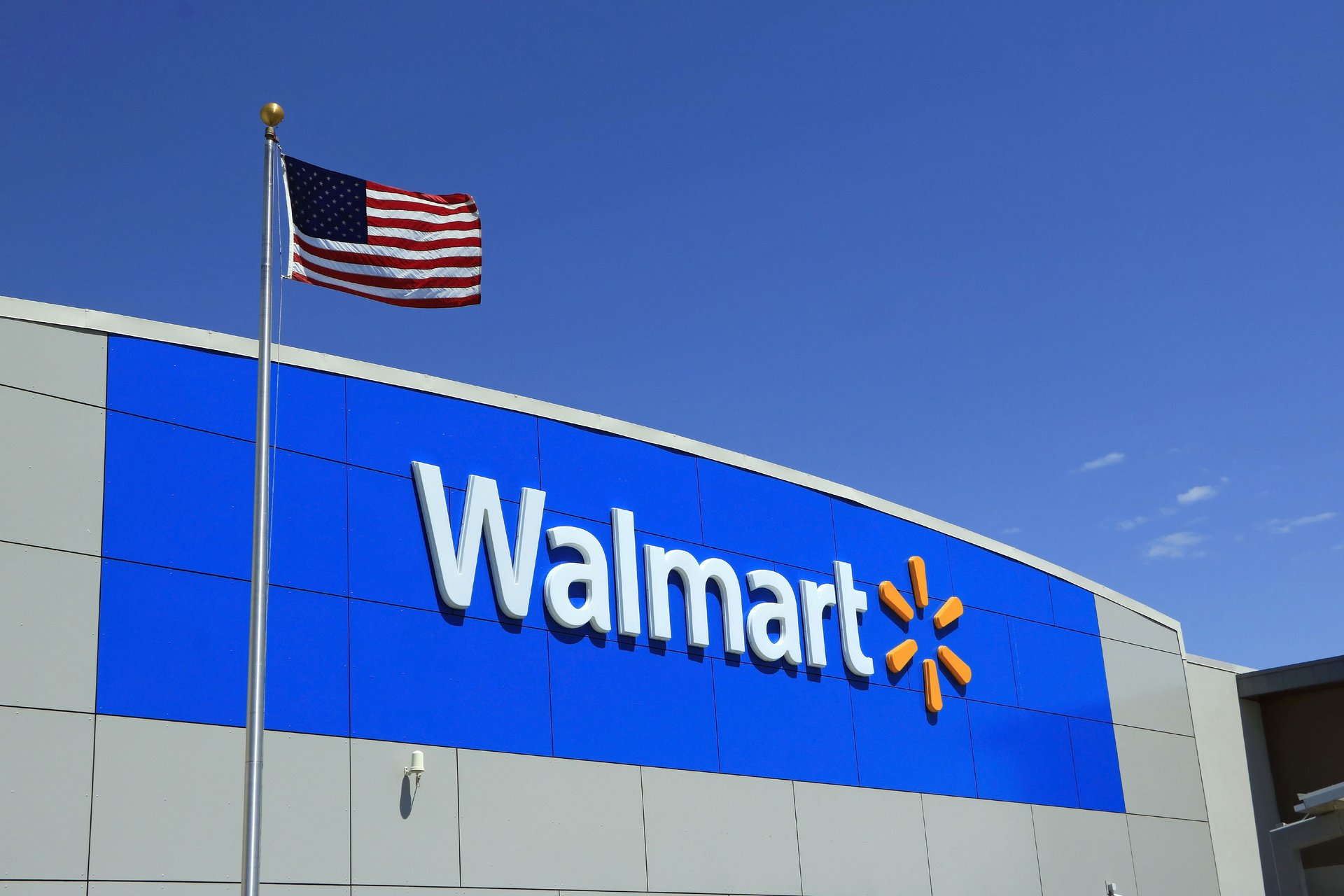Even Walmart is afraid of the weight loss drug boom
The growing market for GLP-1 drugs such as Ozempic could impact the retail giant's offerings

The weight loss drug boom is here, and even retailers like Walmart are starting to feel the pressure to compete.
Suggested Reading
With prescriptions for GLP-1 drugs such as Ozempic (NVO), Wegovy, and Mounjaro (LLY) skyrocketing, the industry has changed for the health and wellness market – so much so that Walmart CEO Doug McMillion (WMT) acknowledged during the company’s earnings call on Nov. 19 that it’s facing “margin pressure” from the growing popularity of the medications.
Related Content
For years, Walmart has been a hub for everything from protein bars to fitness gear – all marketed to consumers trying to shed pounds. But now, more people are turning to prescription medications that promise faster results without the need for extensive gym sessions or expensive meal plans. That’s bad news for brands that have long relied on consumers seeking weight loss through traditional means. It also poses a risk to over-the-counter (OTC) medications used to treat symptoms of diabetes, as GLP-1 drugs are commonly prescribed for.
For Walmart, this shift is creating a ripple effect across product categories, according to its third quarter earnings report. As a result, OTC weight loss supplements, protein shakes, and diet snacks could see slower sales as consumers opt for the latest “wonder drug” instead. The impact isn’t limited to just the supplement aisle. Fitness equipment and health-related electronics could see a dip in demand too. If more people are managing their weight through injections, they may not need to stock up on weight loss products or splurge on that new fitness tracker.
While the weight loss drug boom creates new challenges, it’s not all bad news for Walmart. The retailer said it’s balancing this pressure with sales growth in general merchandise, particularly in areas of apparel, home decor, and automotive supplies. However, one thing is clear: Even Walmart can’t ignore the growing influence of weight loss drugs. If it wants to keep pace, it will need to find a way to compete in this new weight loss landscape.
Recently, Walmart launched same-day prescription delivery to compete with its immediate rival, Amazon. The service, currently offered in six states, will expand to nearly all U.S. states by Jan. 2025.
For now, Walmart is still winning with all shoppers – particularly those making above $100,000 annually. The retail giant beat Wall Street’s expectations after it reported strong third-quarter earnings on Tuesday, prompting it to raise its full-year sales forecast.